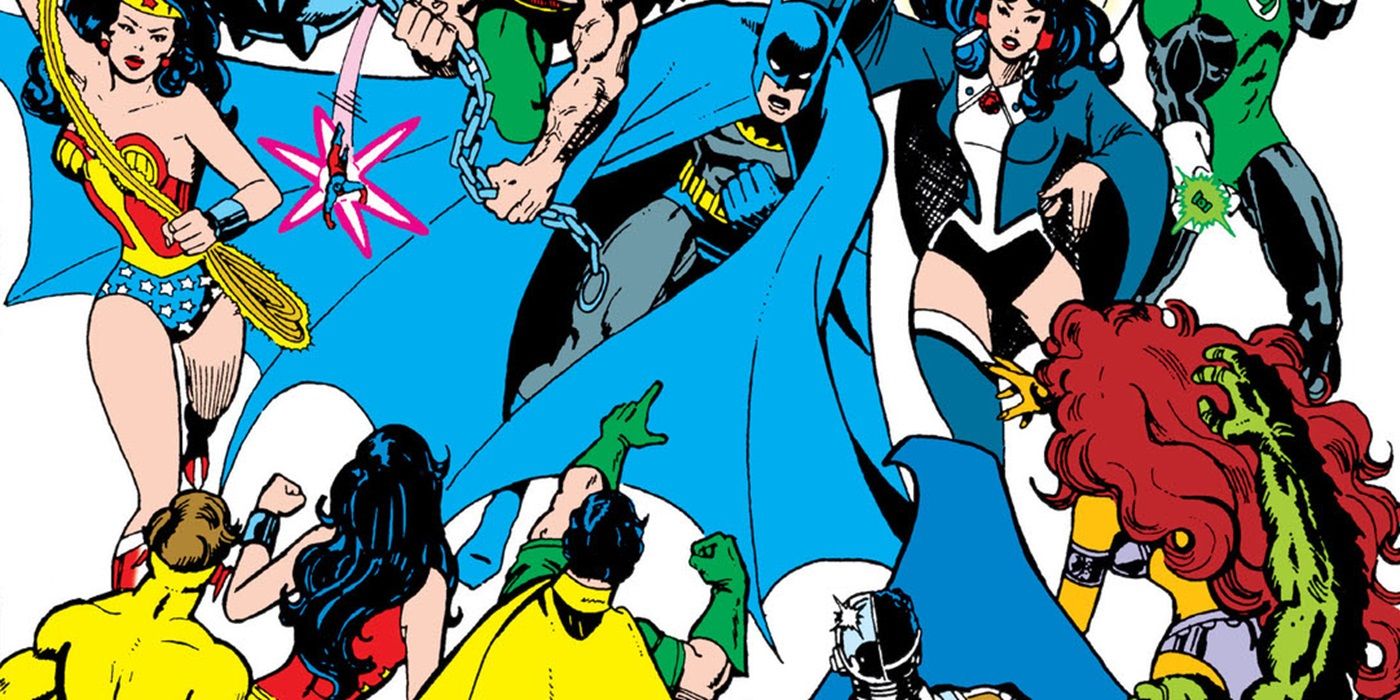In the latest Drawing Crazy Patterns, where we spotlight five recurring themes in comics, we examine five times that Reed Richards cured a problem that Spider-Man was having in the pages of Spider-Man’s various comic book titles.One of the biggest changes in comic book art production over the year is that the level of detail expected in modern comic books is so much higher than it was even 30 years ago, certainly more than it was 50 years ago. As a result, it is very difficult for most comic book artists to maintain what you would consider a “monthly” schedule for too long. Comic book companies deal with this through regularly scheduled “secondary” artists (they’re not really “fill-in” artists with their presence is built into the scheduling of the book). In the old days, however, some comic book artists were able to draw multiple comic books a month. This was a lot more common back in the days when comic book lead features were under 20 pages long, or when comic books were on bi-monthly release schedules.Heading into the 1980s, George Pérez was at an interesting point in his career. He noted in a 1982 The Comics Journal interview about how, at that point in his career, he felt that “I was just treading water. I was a comic book artist who was there, but I could have been anyone else.” A good deal of that came from the fact that he was drawing a LOT. Due to drawing so much, he felt like he wasn’t putting enough detail into his work so as to properly stand out. Of course, to readers in 2024, that sounds absurd, as Pérez was a master of detail, but that came from him cutting down on his projects so that he could PUT so much detail into his remaining works.
In the latest Drawing Crazy Patterns, where we spotlight five recurring themes in comics, we examine five times that Reed Richards cured a problem that Spider-Man was having in the pages of Spider-Man’s various comic book titles.
One of the biggest changes in comic book art production over the year is that the level of detail expected in modern comic books is so much higher than it was even 30 years ago, certainly more than it was 50 years ago. As a result, it is very difficult for most comic book artists to maintain what you would consider a “monthly” schedule for too long. Comic book companies deal with this through regularly scheduled “secondary” artists (they’re not really “fill-in” artists with their presence is built into the scheduling of the book). In the old days, however, some comic book artists were able to draw multiple comic books a month. This was a lot more common back in the days when comic book lead features were under 20 pages long, or when comic books were on bi-monthly release schedules.
Heading into the 1980s, George Pérez was at an interesting point in his career. He noted in a 1982 The Comics Journal interview about how, at that point in his career, he felt that “I was just treading water. I was a comic book artist who was there, but I could have been anyone else.” A good deal of that came from the fact that he was drawing a LOT. Due to drawing so much, he felt like he wasn’t putting enough detail into his work so as to properly stand out. Of course, to readers in 2024, that sounds absurd, as Pérez was a master of detail, but that came from him cutting down on his projects so that he could PUT so much detail into his remaining works.
#TImes #Comic #Book #Artists #Pick #Ongoing #Titles #Drop
Note:- (Not all news on the site expresses the point of view of the site, but we transmit this news automatically and translate it through programmatic technology on the site and not from a human editor. The content is auto-generated from a syndicated feed.))



